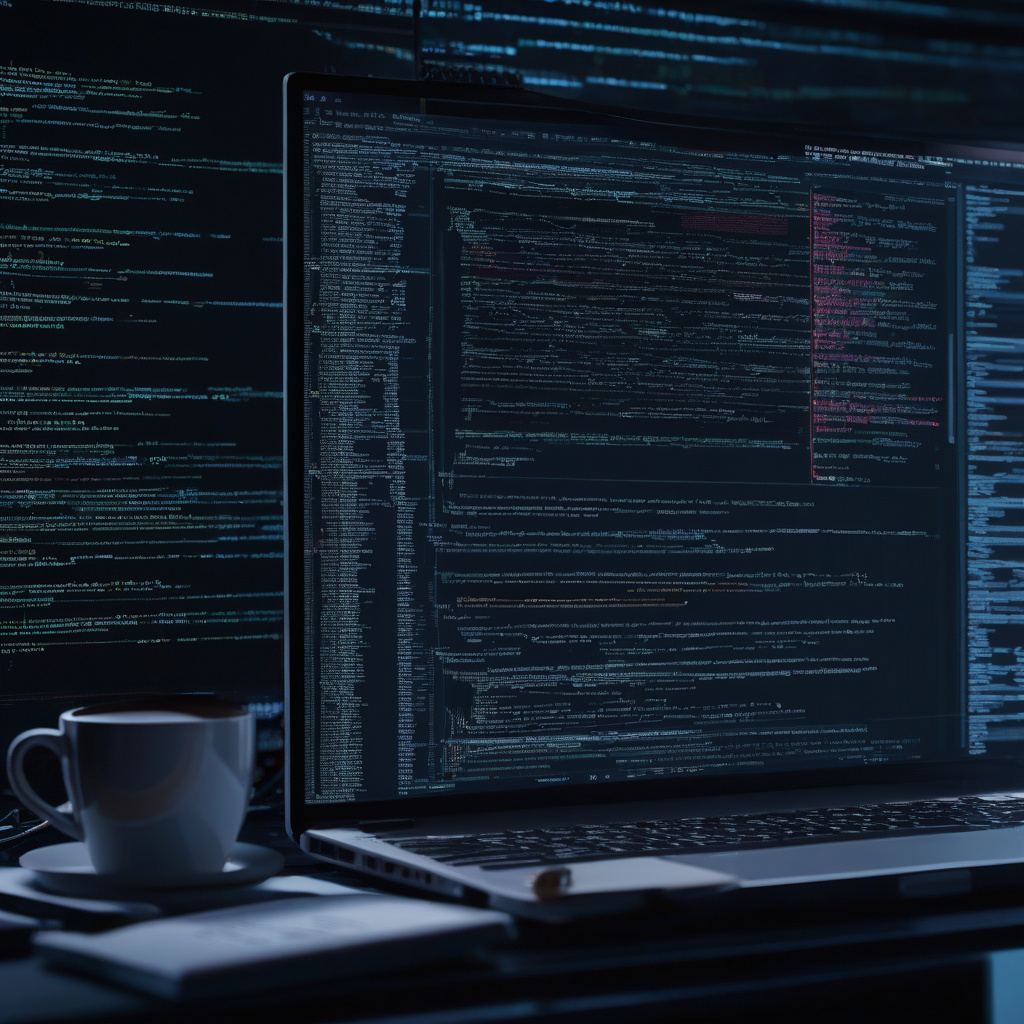In the ever-evolving landscape of cybersecurity threats, a new technique has emerged that poses a significant risk to organizations worldwide. Known as the FileFix Attack Chain, this method leverages social engineering tactics to deceive users into unwittingly executing malicious scripts. By manipulating victims into saving and renaming files, threat actors can bypass traditional security measures and gain unauthorized access to sensitive data and systems.
The FileFix Attack Chain represents a sophisticated approach to cyber attacks, exploiting human psychology to bypass technical defenses. By enticing users to interact with seemingly harmless files, such as documents or images, attackers can initiate a chain of events that ultimately leads to the execution of malicious scripts. This technique capitalizes on the inherent trust that individuals place in familiar file formats, luring them into a false sense of security before launching a devastating attack.
At the core of the FileFix Attack Chain is the manipulation of file extensions and naming conventions. By disguising malicious scripts as legitimate files, threat actors can evade detection by both users and security solutions. Through social engineering tactics, such as phishing emails or deceptive websites, attackers trick individuals into downloading and opening these files, setting the stage for the execution of harmful code.
Once the manipulated file is opened, the malicious script is executed, granting attackers unauthorized access to the victim’s device or network. This can lead to a range of damaging outcomes, including data theft, unauthorized surveillance, and the deployment of additional malware. Furthermore, the stealthy nature of the FileFix Attack Chain makes it particularly challenging to detect and mitigate, allowing threat actors to operate undetected for extended periods.
To defend against the FileFix Attack Chain and similar threats, organizations must prioritize user education and robust cybersecurity measures. By training employees to recognize social engineering tactics and suspicious file behaviors, companies can empower their workforce to act as the first line of defense against such attacks. Additionally, implementing multi-layered security solutions, including advanced threat detection technologies and endpoint protection tools, can help organizations detect and block malicious scripts before they can cause harm.
In conclusion, the FileFix Attack Chain underscores the critical need for proactive cybersecurity strategies in today’s digital landscape. By understanding the tactics employed by threat actors and taking proactive steps to mitigate risks, organizations can bolster their defenses against evolving cyber threats. Through a combination of user awareness, technical controls, and incident response preparedness, businesses can safeguard their assets and information from the damaging effects of malicious script execution.

